ECB Vice President Luis de Guindos, in an interview with Die Zeit, offered indicated that the growth forecast for the region, previously set at 0.8% for this year, might fall short of expectations.
De Guindos highlighted several factors contributing to this revised outlook, saying, “The prospects have even deteriorated.” He pointed out the key issues impacting the forecast: a slowdown in world trade, heightened geopolitical uncertainties, and the more rapid than anticipated impact of ECB’s interest rate hikes on the economy.
De Guindos also touched upon inflation trends, noting a shift from previous projections. The December projections had inflation returning to the 2% target by the second half of 2025. However, recent data suggest a more optimistic scenario.
De Guindos observed, “But inflation figures have mostly brought positive surprises recently.” He further speculated that inflation might settle “slightly lower” than their predictions.




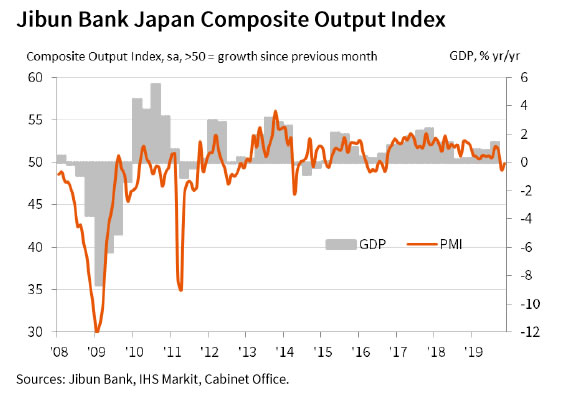
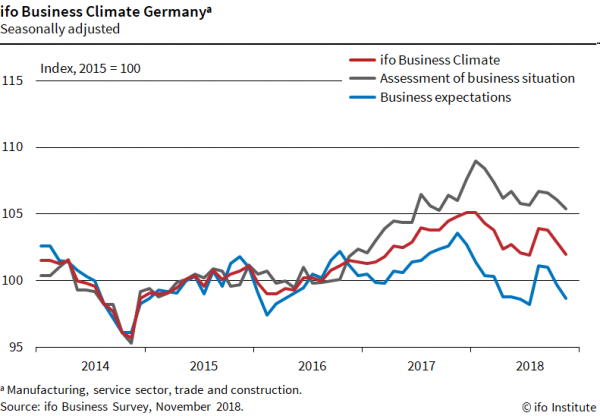
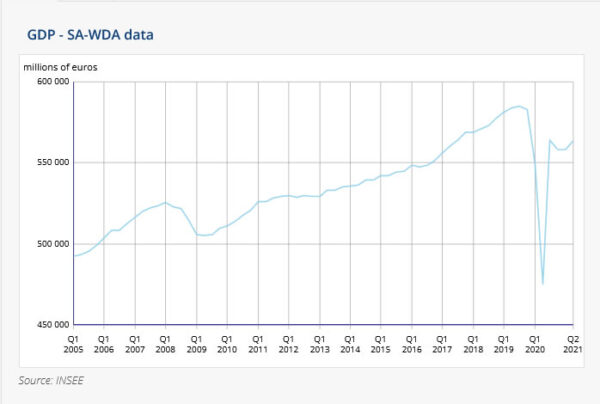
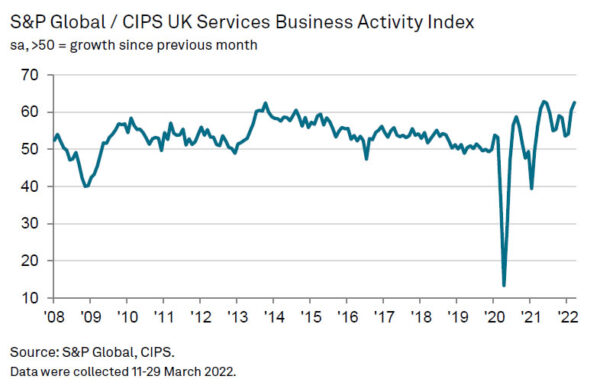
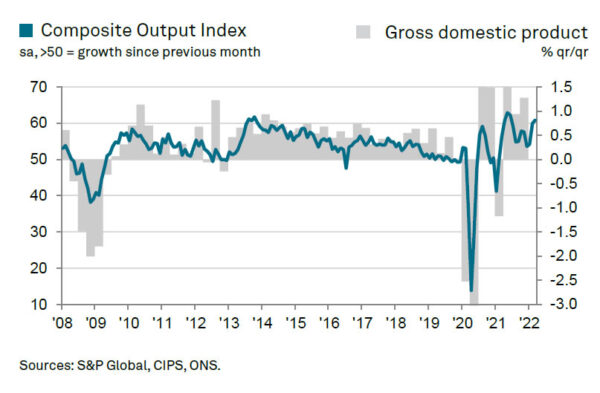
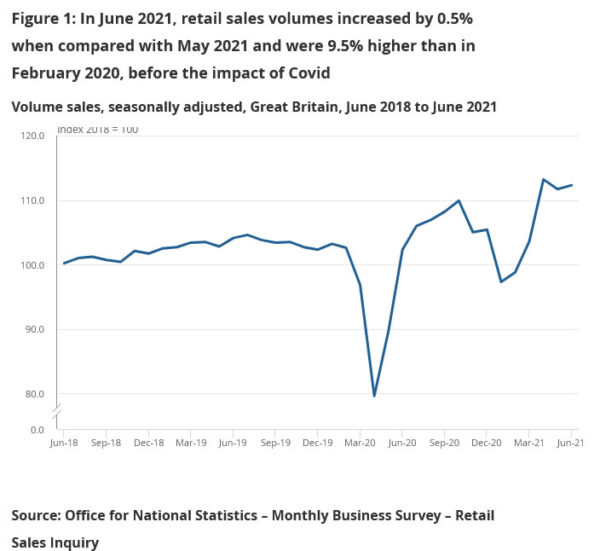
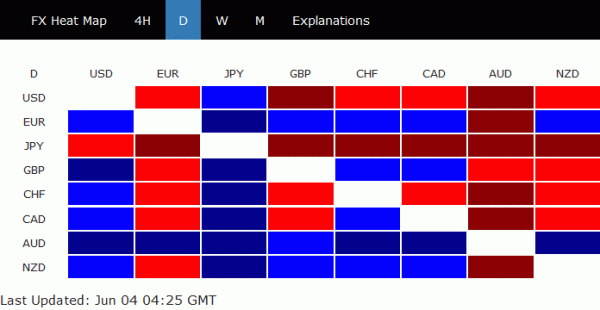
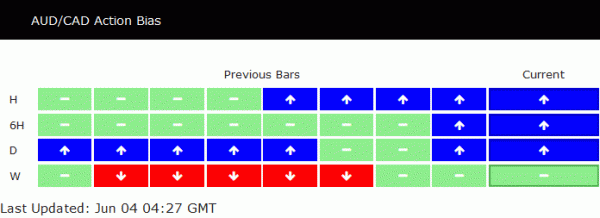
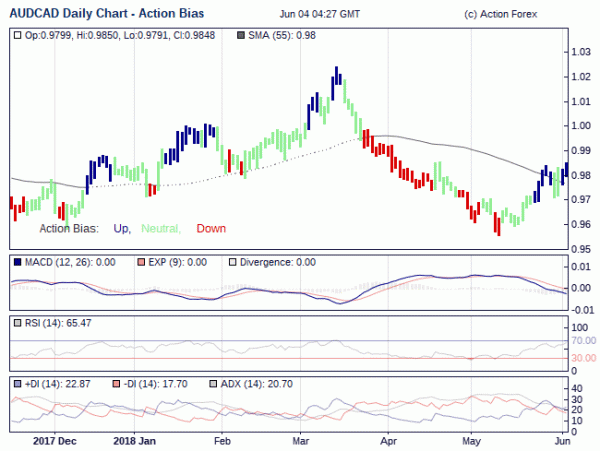
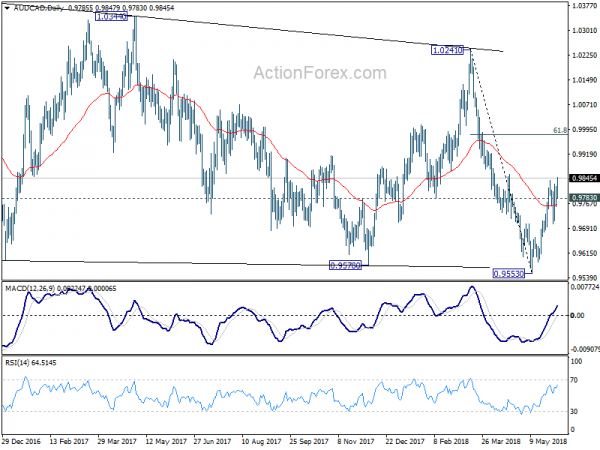
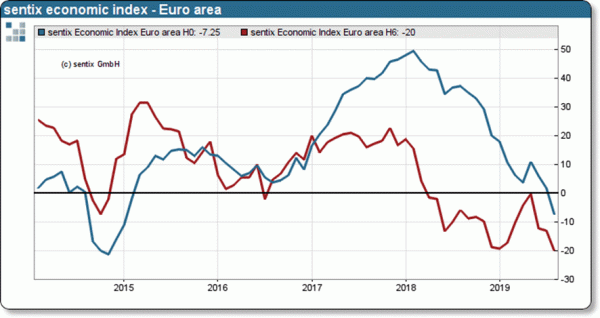
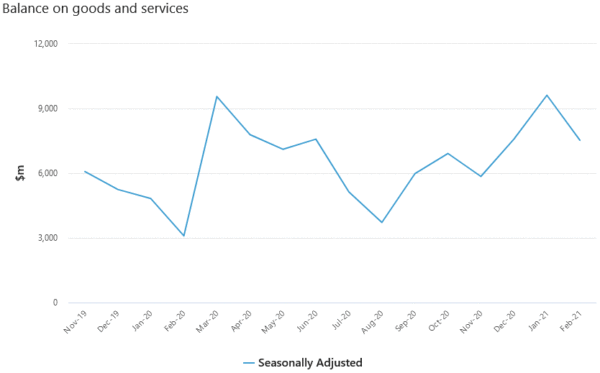
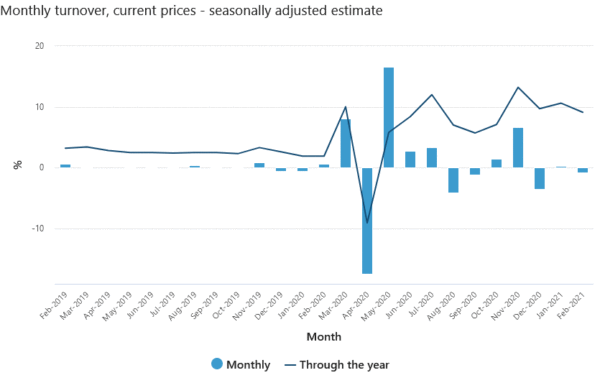
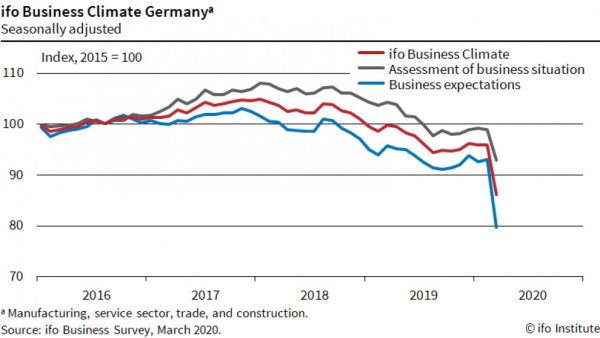
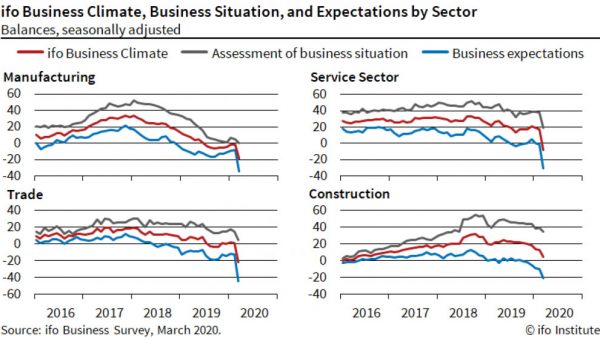
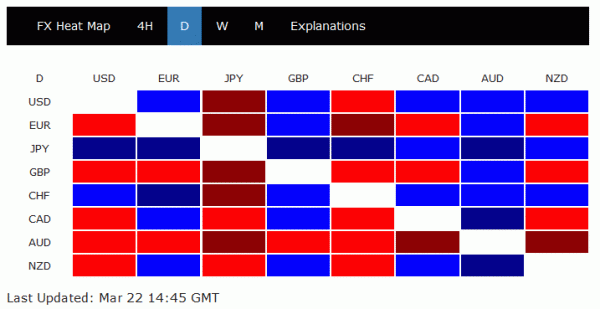
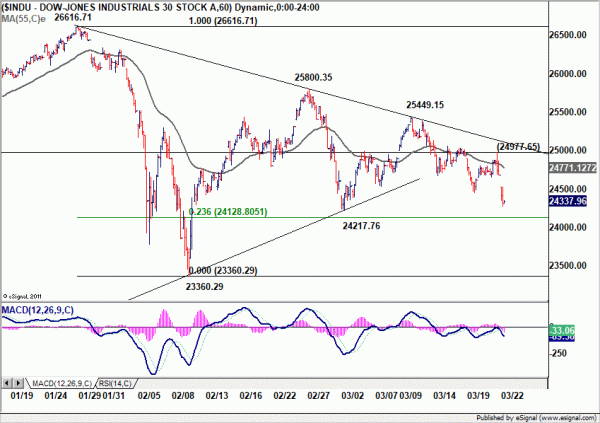
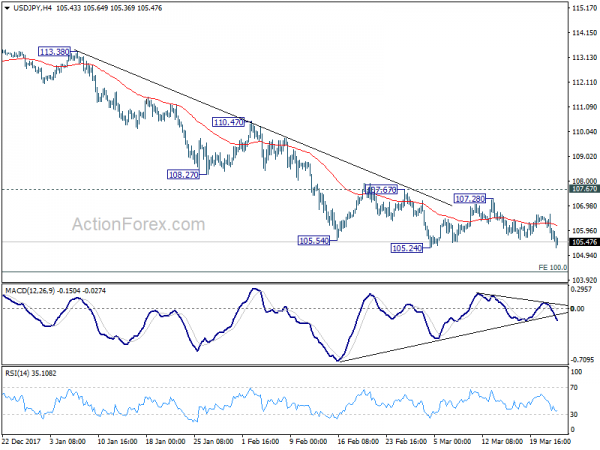
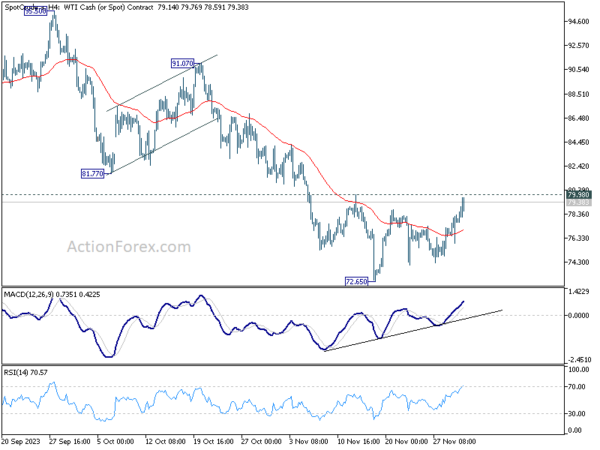
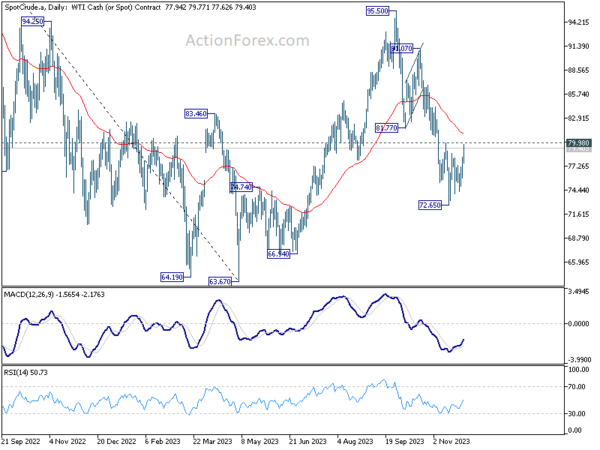
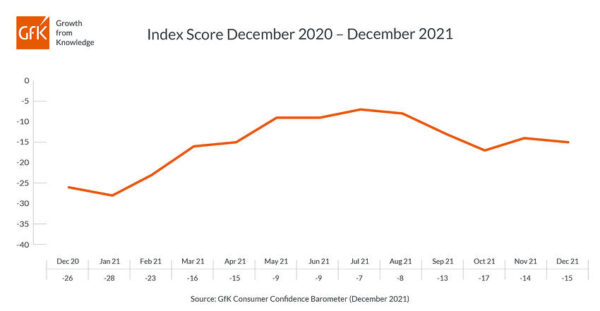
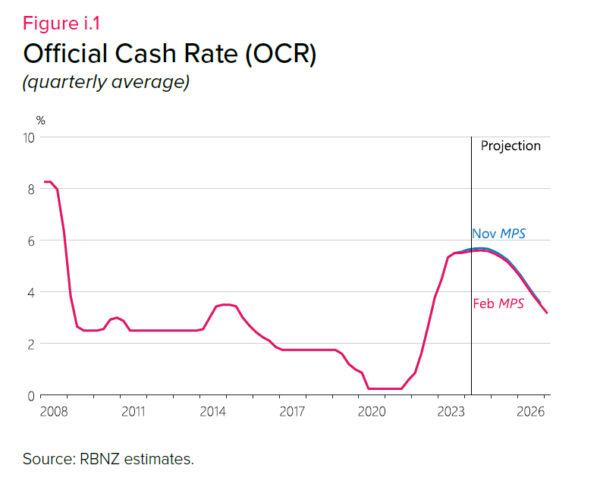

Japan’s PMI composite drops to 50.3, from recovery to stagnation
Japan’s PMI Manufacturing dipped further to 47.2 from 48.0, marking the ninth consecutive month of sector contraction and hitting the lowest point since August 2020. PMI Services also declined, albeit more moderate, falling from 53.1 to 52.5. Consequently, Composite PMI, which combines both manufacturing and service sectors, decreased from 51.5 to a near-stagnation point of 50.3.
Usamah Bhatti, Economist at S&P Global Market Intelligence, commented on the recent data, noting that the slight improvement observed at the beginning of the year has “all but evaporate[d]” in February. He described the month’s growth as “only fractional,” attributing it to “softer upturn in services activity” that was insufficient to counterbalance the “steepest contraction in manufacturing output for a year.”
Full Japan PMI release here.